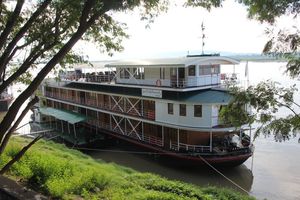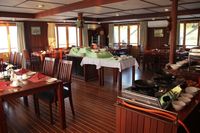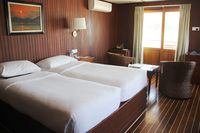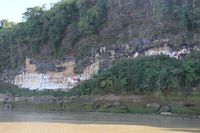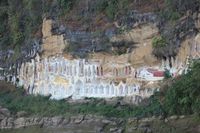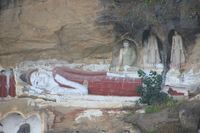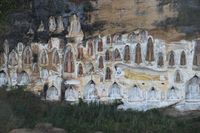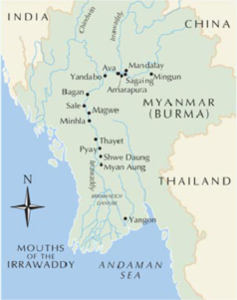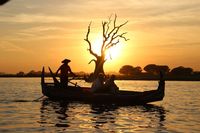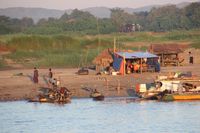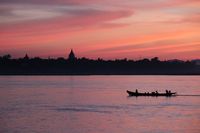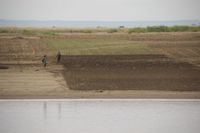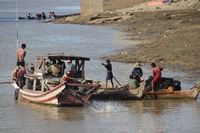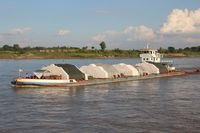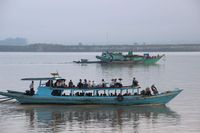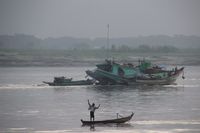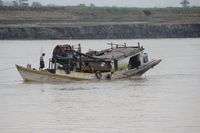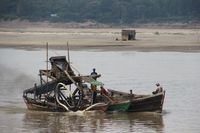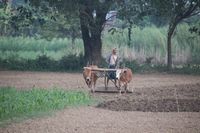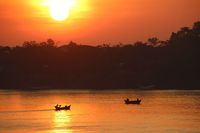The Thrurgau Exotic II is a traditional two-deck flat bottomed
riverboat that accommodates 26 passengers
with spacious teak twin-bedded cabins and
a large bathroom. During the voyage we tasted
Mandalay and Thai dishes including daily
delicate soups, very mildly spiced curried
dishes and flavoursome salads. After our
trips ashore we were greeted with a cool
drink and flannel. Our shoes lined the corridor
and were cleaned overnight for us. The staff
were excellent, caring to our every need
with a smile
During our cruise we saw 3 films and one
theatre
‘The Lady’ – a story of
Aung San Suu Kyi, the woman at the core of
Burma’s democracy movement, and her husband.
Sea Gipsies of Myanmar.
Life of Buddha
Puppet theatre performance
Onboard presentations:
Burmese traditions and culture
Myanmar way of life
Buddhism
Exotic fruits and vegetables and traditional
Burmese medicine.
Cooking a Burmese curry
Preparing a traditional Tea leave salad
Irrawaddy – Myanmar’s River of
Spirit
Cocktails and napkin creations











